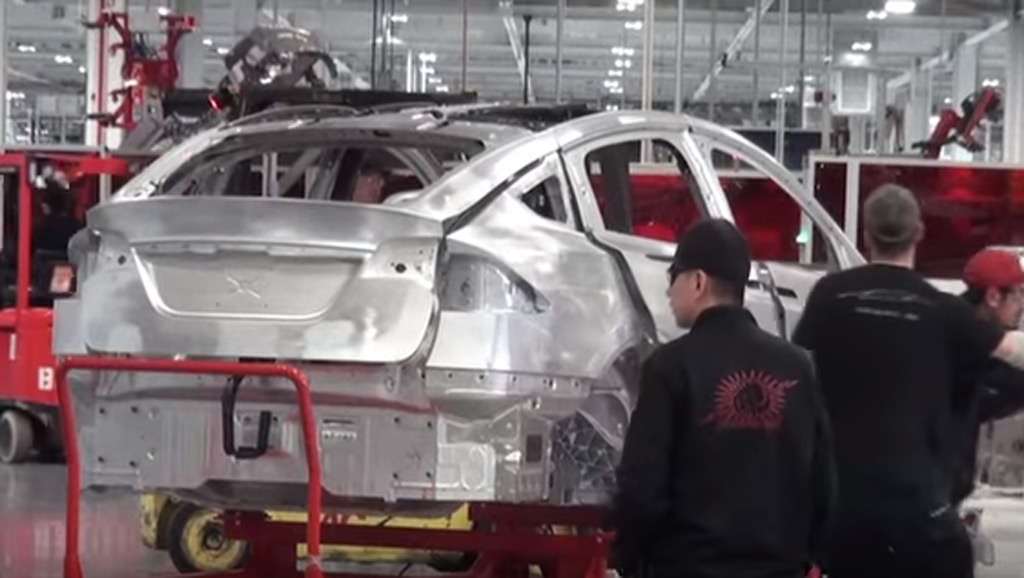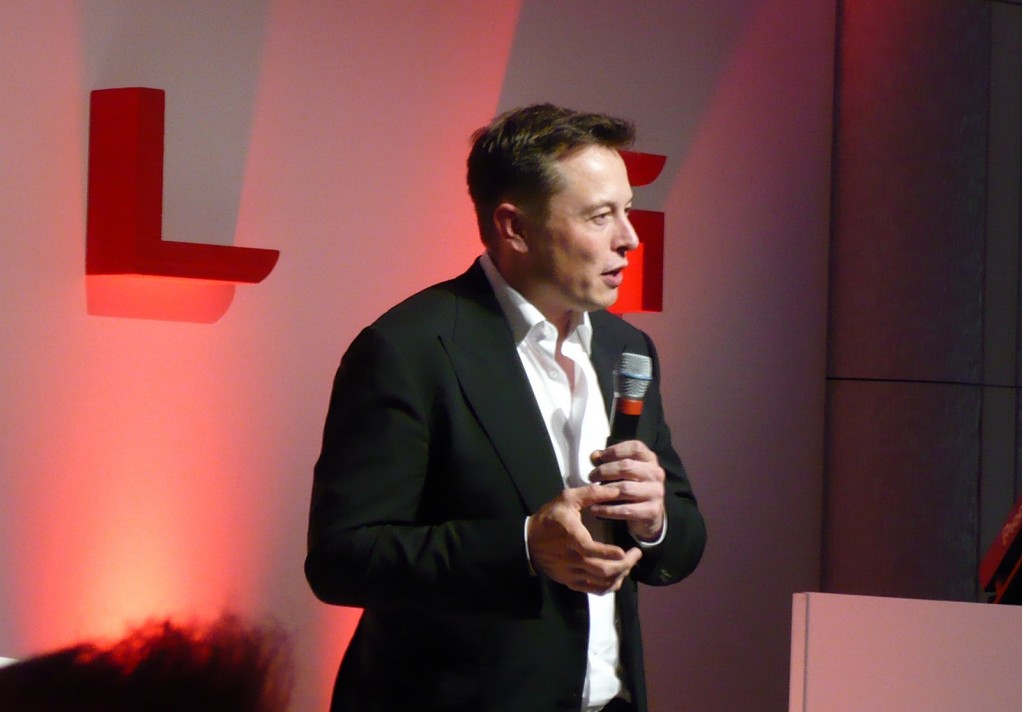It's fair to say that Tesla CEO Elon Musk probably raises more eyebrows more often than all other automaker CEOs combined.
One case in point came in early May, when he mentioned during a financial-results call that the upcoming Tesla Model Y compact crossover utility would be based on a new platform.
Three months later, the CEO has walked that back, saying that he had been "reeled back" by his team, and that an additional platform would have been "insanity."
DON'T MISS: Musk shows Tesla Model Y teaser at annual meeting
With the Tesla Model 3 now in low-volume production, attention is focused on two major factors: how quickly Tesla can ramp up production of that car, and how fast it can design, test, and launch the Model Y.
Compact crossover utility vehicles continue to take market share from passenger sedans and hatchbacks, especially in North America.
That means the Model Y could arguably outsell the Model 3 sedan on which it was supposed to be based.

2018 Tesla Model 3
During the conference call following release of Tesla's first-quarter earnings, Musk responded to a question from analyst Martin Viecha on whether the Model Y would be on a different platform:
It will be, yeah. Different platform. I'll tell you... I think I've given this example before, but it's just one example, but the wiring harness on Model S is about 3 kilometers in length.
The wire harness on Model 3 is 1.5 kilometers in length. The wiring harness on Model Y will be 100 meters. And that's a redundant wiring harness.
CHECK OUT: So what happened to Tesla Model X electric SUV sales, anyway?
It's not really a wiring harness, it's basically a flex harness with a high DataRay bus, so you can put everything on a higher DataRay bus that isn't a CAN bus where your DataRay is massively constrained.
And we'll also make changes to the vestigial voltage so not everything's 12 volts, which is a pretty absurd number, really it's wrong for everything.
The auto industry generally assumes that maximum economies of scale arrive when a new platform or architecture can be used for 1 million vehicles a year or more.

Scene from Tesla Model X production video
The VW Group's current MQB front-wheel-drive architecture, for instance, is ultimately expected to underpin as many as 4 million vehicles a year, globally.
So Musk's suggestion that the Model Y would not share the Model 3 platform was startling, to say the least, since the company had said it would for several years before that.
Fast forward to this week's conference call on Tesla's second-quarter 2017 earnings, and Musk corrected his statement from three months ago:
Oh, and one thing I wanted to correct ... in a prior call, we publicly had said that Model Y, or our compact SUV—it's called Model Y, it may or may not be—would be a totally new architecture.
Upon the council of my executive team—thank you, thanks, guys—who reeled me back from the cliffs of insanity—much appreciated—the Model Y will in fact be using a substantial carryover from Model 3 in order to bring [it to] market faster.
So that will really accelerate our ability to get to Model Y to market faster, because fundamentally people prefer a sedan, people prefer an SUV. And in fact, the SUV market is larger. It's the biggest single product, I believe, in the world.
So, I'd like to thank my executive team for stopping me from being a fool, and yes, Model Y (or whatever the hell [it's called]) will have relatively low technical and production risk as a result.
I still think we want to do the crazy thing in the future, but we will punt that until after the compact SUV.

Tesla Motors CEO Elon Musk at Tesla Store opening in Westfield Mall, London, Oct 2013
In the first conference call, Musk also said that Tesla intended to come out with the Model Y in 2020 or, "aspirationally," in late 2019.
He suggested that by then Tesla could build a million units a year among the Model 3, Model Y, and older Model S and Model X electric cars.
_______________________________________













